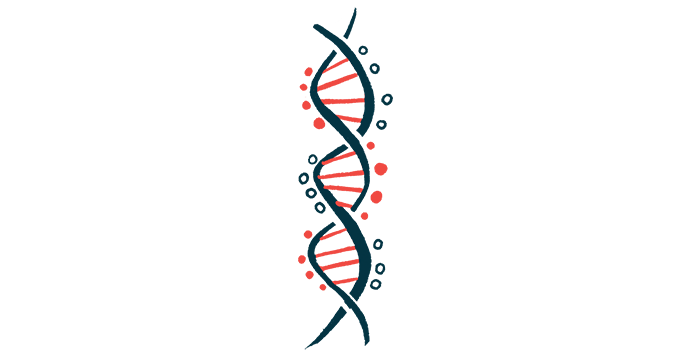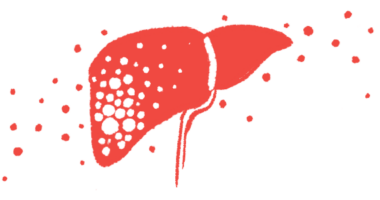MET gene mutations could be rare cause of MASLD, MASH
Researchers say discovery shows importance of genomics

Rare mutations in the MET gene can cause metabolic dysfunction-associated steatotic liver disease (MASLD), a form of fatty liver disease, a study found.
After identifying a specific disease-causing mutation in a woman and her father who had no common risk factors of the disease, the scientists looked at a larger genetic dataset and found other, similar cases where MET mutations appeared to be likely disease drivers.
This is the first time researchers have identified mutations in a single gene as the main driver of the common liver condition, which has long been considered to arise due to a combination of genetic and environmental risk factors. The findings could inform the development of new treatment strategies, according to researchers at the Mayo Clinic’s Center for Individualized Medicine.
“This finding could potentially affect hundreds of thousands, if not millions, of people worldwide with or at risk for metabolic dysfunction-associated steatotic liver disease,” Konstantinos Lazaridis, MD, the study’s senior author and executive director of the center, said in a Mayo Clinic news story.
The study, “Discovery of a MET-driven monogenic cause of steatotic liver disease,” was published in Hepatology.
Genomics discovery has implications for ‘population health’
The research “highlights the profound value of studying familial diseases and the merit of large-scale genomic datasets, which can reveal rare genetic variations with broader implications for population health,” Lazaridis said.
MASLD is characterized by excess fat accumulation in the liver, and generally occurs alongside cardiometabolic conditions such as obesity and type 2 diabetes. It is among the most common liver diseases, affecting about a third of adults globally.
While MASLD often doesn’t cause obvious problems, for some people it can progress to a more severe form called metabolic dysfunction-associated steatohepatitis (MASH), in which fat accumulation gives rise to liver inflammation and scarring.
MASH can ultimately cause serious liver damage, and is expected to soon become the leading cause of cirrhosis (irreversible liver scarring) and a major reason for liver transplants.
It isn’t always known what causes MASLD to develop or progress in certain people, but researchers believe a combination of genetic and environmental risk factors could interact to increase a person’s susceptibility. Until now, there hadn’t been any genetic mutations identified as the sole cause of the disease.
Findings from the recent study show that in rare cases, a single mutation in the MET gene could cause MASLD. MET provides the instructions to produce a protein called c-MET, which is involved in liver repair and fat metabolism. Its dysregulation has been linked to certain types of liver cancer.
The scientists identified the c.3505A>T mutation — which had not been reported before — through genetic screening of a woman and her father, both of whom had MASH. Because neither had diabetes or high cholesterol, two common cardiometabolic risk factors for MASLD/MASH, the researchers performed genetic testing to identify potential genetic risk factors.
Through a series of experiments, the researchers determined that the mutation, characterized by a very small change in the gene’s code, hindered the liver’s ability to process fat.
To evaluate whether similar MET mutations could be the cause of MASLD for others, they looked at data from Mayo Clinic’s Tapestry study, which contains genetic information from more than 100,000 people in the U.S.
Of nearly 4,000 people with MASLD, about 1% had potentially disease-causing mutations in the MET gene. For about 18% of those people, the implicated mutation was located in the same region of the gene as the mutation found in the woman and her father.
“Once a [disease-causing] variant is discovered, interrogating our Tapestry data repository is giving us a clearer lens into the hidden layers of disease, and this discovery is one of the first to demonstrate its scientific significance,” Lazaridis said.
In future studies, the scientists will investigate how this novel finding can inform the development of targeted treatments for people with MASLD and MASH.
“This discovery opens a window into how rare inherited genetic variants can drive common diseases,” said Filippo Pinto e Vairo, MD, PhD, the study’s first author and medical director of the Program for Rare and Undiagnosed Diseases at the Mayo Clinic center. “It provides new insights into this disease [development] and potential therapeutic targets for future research.”






